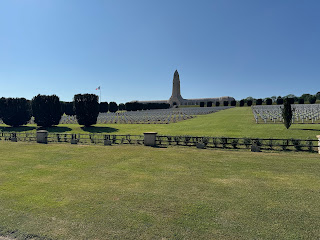For the second leg of our journey, we returned to the Loire valley traveling in the direction of south Bretagne through Sens and Tours, bypassing most of the ensemble of châteaux but found a picturesque campsite on the opposite bank of Vienne with a direct view of the town‘s fortified castle, the last one of its kind in the region. Built on the foundations of a fifth century Gallo-Roman fort, the castle‘s present form dates from the late tenth century when the dukes of Anjou, aligned with the House of the Plantagenets—thus, England, took the town and its defensive bulwark from the king of France, and was expanded under Henry II, securing his favoured residence from his rebellious brother, Geoffrey, the Count of Nantes.
England held this region only util the early thirteen century when Phillip II took back Chinon after a monthlong siege and was thereafter, with some intervening periods of neglect—infamously as a detention facility for the Knight Templar while awaiting judgment and sentencing once they had become too powerful, particularly in the eyes of the French aristocracy—used as the French royal court through the sixteen hundreds. Joan of Arc was granted an audience with King Charles V during the Hundred Years War over the line of succession and legitimate heir to the throne and presented her vision from God for intervention in the Battle Orléans to expel English influence and political meddling once and for all. After cross examining her sanity and sincerity, Joan was granted command of the army.synchronoptica
one year ago: Ursula K Le Guin’s webpages (with synchronopticæ) plus assorted links to revisit
ten years ago: the Queen and consort visit Germany plus more links to enjoy
twelve years ago: Western expectations of Türkiye
thirteen years ago: allowable letters on vehicle registration plates
fourteen years ago: Chinese copies of European destinations

































































